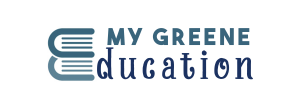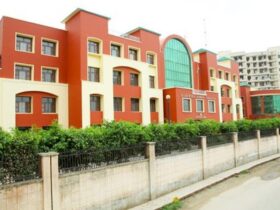Health Level 7 (HL7) is a set of international standards for exchanging electronic health information. The standards are developed and maintained by the Health Level 7 International organization.
The standards define how information is structured (encoded) and exchanged between different software applications. They also specify how different types of health information, such as lab results and patient records, are represented in a computer-readable format.
It is widely used in the healthcare industry and is a key component of much electronic health record (EHR) systems.
The standards are important for ensuring that different EHR systems can exchange information seamlessly and that data is accurately represented. They also play a role in making sure that EHR data is interoperable, which is crucial for supporting population health initiatives and providing quality patient care.
It is a not-for-profit, volunteer-driven organization that is responsible for developing and maintaining the these standards. It provides technical standards for exchanging health information between various software applications and health organizations. The standards are developed using a consensus-based consensus process that involves input from a large number of stakeholders within the healthcare industry.
The standards are developed by a team of experts who work together to identify the best practices for each area of healthcare. The team then develops a set of standards that are designed to improve the quality of care and the outcomes for patients. The team also uses a quality improvement methodology known as the Model for Improvement to help them identify ways to improve the care process.Need more info, click here https://cloudfoundation.com/hl7-training/.
Its work is organized into a number of different workgroups, each of which is responsible for developing and maintaining a specific set of standards. The workgroups are organized into four main categories:
* Infrastructure: This workgroup is responsible for developing and maintaining standards related to the infrastructure of the these standards, including its Version 3 Standard, the HL7 Reference Information Model, Vocabulary, and Implementation Guide.
* Messaging: This workgroup is responsible for developing and maintaining standards for the exchange of health information between different software applications. This includes standards for the structure of messages, the format of data, and the exchange of messages between different systems.
* Clinical Information: This workgroup is responsible for developing and maintaining standards for the representation of clinical information, including standards for clinical documents, laboratory results, and imaging reports.
* Administration, Finance, and Management: This workgroup is responsible for developing and maintaining standards for the administration, finance, and management of it, including standards for governance, project management, and quality assurance.







